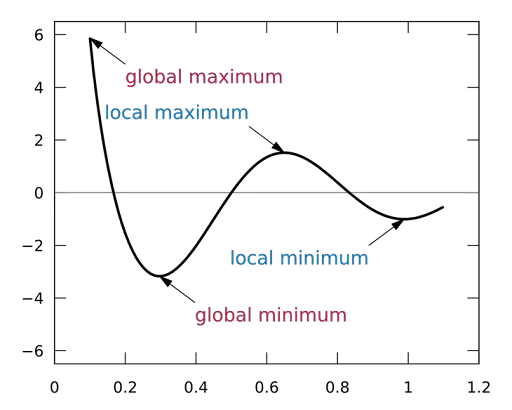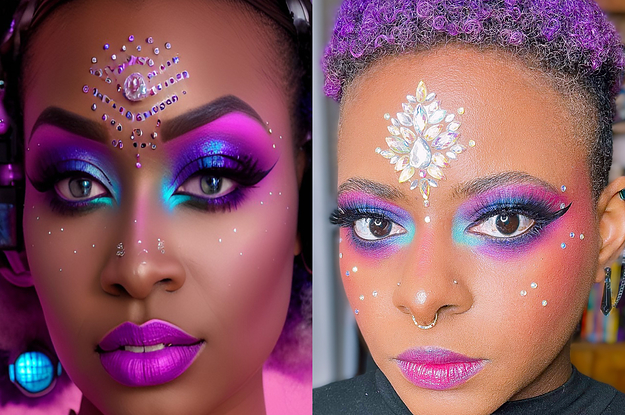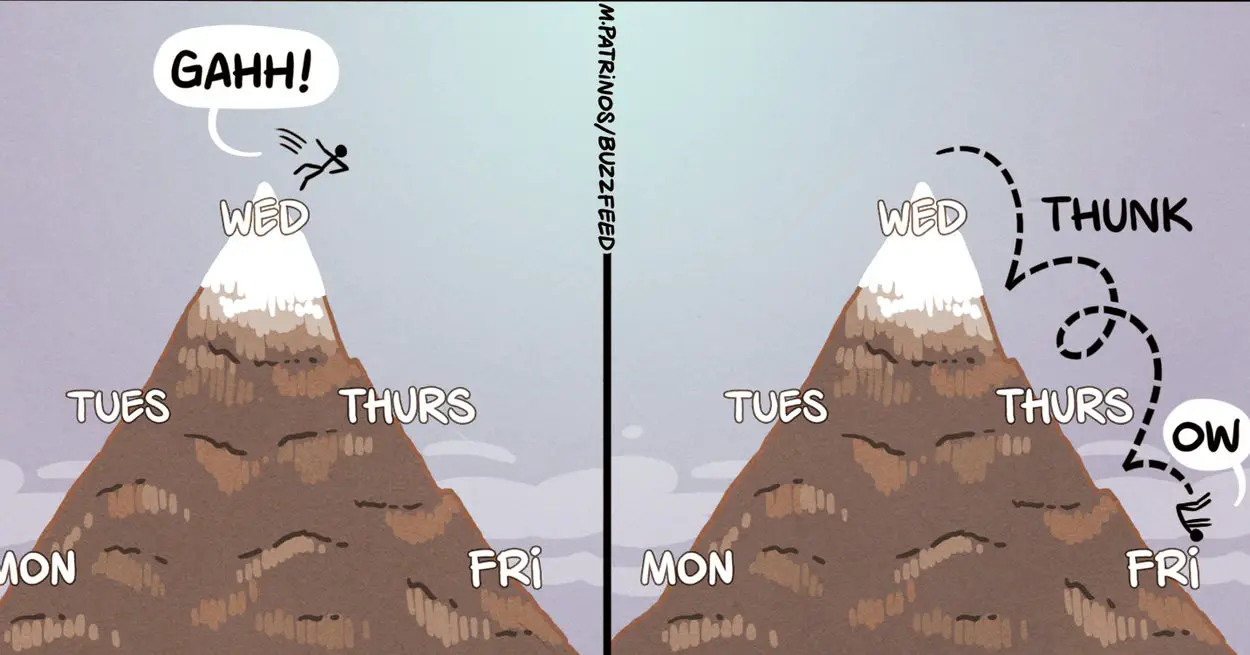There have been seismic shifts in online marketing so far in 2019. The rapid advancement of machine learning and automation has opened doors for new marketing opportunities that we haven’t seen before. Meanwhile, the role of the digital marketing influencer is changing, and even SEO has been forced to evolve. With everything that is happening, you might have missed some of the shifts and marketing trends.
Here are 5 ways online marketing has changed in 2019 so far.
1. Chatbots
In 2019, something additional starting literally popping up on websites throughout the world. Chatbots. You’ve seen them, and you know that they can be incredibly useful when you want answers fast. Chatbots are sometimes powered with artificial intelligence (AI), sometimes not, but either way, you can interact with a machine that can tell you a range of information.
Chatbots are now being used to do things like sending money to friends, checking in to hotels and flights, setting up medical appointments, receiving personalized motivational messages, and accessing FAQs to specific quandaries.
You can use chatbots with software from Hubspot, Botsify, Chatfuel, and ManyChat to develop a bot that enhances the user experience (UX).
2. Search Engine Optimization (SEO)
Yes, SEO is still a trend—but it has changed. Google is making SEO more difficult than before, because SEO is now interwoven into everything you put online. Then, with the introduction of semantic SEO, topics have become more valuable than keywords. This is because of voice software and smart speakers like Alexa and Google Home. Because of this, focusing on content and cornerstone phrases is more important than ever before.
3. Video Marketing
In 2017, the time consumers spent watching videos online went up by 19% from the previous year. Furthermore, in 2017, video completion rates—meaning watching the video all the way through—increased by 69%. As you can imagine, this is due to the introduction of things like Instagram Stories, Snapchat, and other video mediums that allow people to communicate.
If you are not using video content to market your products and services in 2019, you are falling behind.
4. Influencer and Instagram Marketing
The Data and Marketing Association in North America stated that social media marketing has increased throughout the years and will constitute of at least 20% of marketing budgets for businesses from 2019 onwards. Influencer and Instagram marketing, which are both dependent on one another more often than not, have grown rapidly throughout 2018 and 2019.
Influencers on Instagram are now a must-have for businesses. Micro influencing, which targets smaller groups of people, has become a hot topic because of impressive engagement and conversion rates. Meanwhile, Wired has found that Instagram posts receive 23% more engagement than posts on Facebook, especially within the millennial population.
5. Marketing Automation
Although marketing automation has been around for a couple of years, it hasn’t seen much of a change until 2019. Now, the rise of software that allows for marketing departments to automate essential processes, like sending out emails, posting to social media, and interacting on the website, are being taken over by machine functions. There are also companies developing predictive lead scoring software, such as Hubspot, that helps companies determine conversion rates.
Since machine learning is become more prevalent in marketing automation, you need to keep your eyes peeled to the changes and make sure your software is up-to-date with the latest advancements.
Falling behind is easy with so much happening, but your on the right foot by doing the research. By keeping up with the marketing trends, you can stay ahead of the competition. Now that you know what is trending, be sure to implement those changes too!
Source link







Leave a Reply